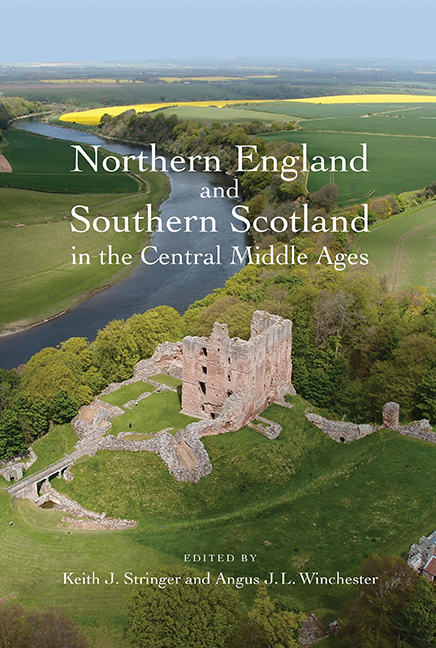Book contents
- Frontmatter
- Contents
- List of Figures
- List of Tables
- List of Contributors
- Preface
- Editorial Notes
- List of Abbreviations
- Introduction: ‘Middle Britain’ in Context, c.900–c.1300
- 1 Kingdom and Identity: A Scottish Perspective
- 2 Law, Governance and Jurisdiction
- 3 Languages and Names
- 4 Dioceses, Saints’ Cults and Monasteries
- 5 Parishes and Churches
- 6 Lords and Tenants
- 7 Rural Settlement Patterns on the Ground
- 8 Shielings and Common Pastures
- 9 Towns and Trade
- 10 Fortifications
- Index
Preface
Published online by Cambridge University Press: 24 August 2019
- Frontmatter
- Contents
- List of Figures
- List of Tables
- List of Contributors
- Preface
- Editorial Notes
- List of Abbreviations
- Introduction: ‘Middle Britain’ in Context, c.900–c.1300
- 1 Kingdom and Identity: A Scottish Perspective
- 2 Law, Governance and Jurisdiction
- 3 Languages and Names
- 4 Dioceses, Saints’ Cults and Monasteries
- 5 Parishes and Churches
- 6 Lords and Tenants
- 7 Rural Settlement Patterns on the Ground
- 8 Shielings and Common Pastures
- 9 Towns and Trade
- 10 Fortifications
- Index
Summary
This volume has its genesis in a two-day conference held at Durham University in January 2012, which was organised by the late Richard Britnell under the auspices of Durham's Institute of Medieval and Renaissance Studies. The aim was to explore shared elements in the development of socio-political institutions, landscape and agriculture on either side of the Anglo-Scottish Border before the onset of the Wars of Independence in 1296. As Richard Britnell expressed it, his desire was to encourage ‘focused exchanges of knowledge between historians of Scotland and northern England concerning common or cognate features of the two regions’. To that end, he invited scholars specialising in particular fields to re-visit the primary evidence in the light of the latest scholarship, taking a comparative approach across ‘middle Britain’, the region bisected by the Anglo-Scottish Border. Before he fell ill, he had secured the agreement of speakers at the Durham conference to develop their papers with a view to publishing a volume of collected essays. The present editors took over responsibility for the volume after Richard Britnell's death in December 2013. Since then some changes have been made to its scope by commissioning additional chapters from Janet Burton on religious institutions and culture, David Ditchburn on towns and trade, and Philip Dixon and Chris Tabraham on fortifications, in order to ensure more comprehensive thematic coverage.
The book's development has also resulted in a shift of emphasis from similarities to similarities and differences. Although the ‘common foundations’ that underlie medieval middle Britain, be they institutional, environmental or otherwise, are carefully investigated in the pages that follow, there is also much discussion of how far and why northern England and southern Scotland developed differently from one another, not least in the context of the gradual emergence of two independent medieval ‘nation-states’ and their distinctive trajectories. Common foundations were a pervasive and striking aspect of middle Britain, but they tell only one part of its story in the formative centuries of the central Middle Ages.
We would like to acknowledge Richard Britnell's initiative in organising the conference from which this volume stems, and to express our appreciation to our fellow contributors for their support and patience. We are likewise much obliged to the Department of History, Lancaster University, and to the Institute of Medieval and Renaissance Studies, Durham University, for funding the production of the maps by Cath D'Alton.
- Type
- Chapter
- Information
- Publisher: Boydell & BrewerPrint publication year: 2017

